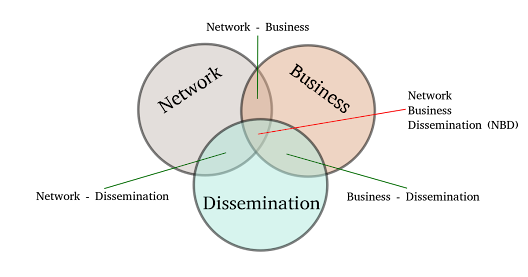The post explores offline strategies designed to boost sales opportunities.
Public Art Installations
Create murals, sculptures, or installations in public spaces, such as parks, schools, or city centers. These works become long-term advertisements for your artistry.
Collaborations with Local Businesses
Partner with cafes, restaurants, or boutique shops to display your artwork. Customers of these businesses indirectly become your audience.
Charity Contributions
Donate artwork to charity auctions or events. Your name and work will gain visibility while supporting a good cause.
Product Partnerships
Collaborate with brands to feature your art on products like clothing, home decor, or stationery. The products act as mobile exhibitions of your art.
Art Licensing
License your work for use on book covers, album art, or packaging. This showcases your talent in unexpected places.
Community Engagement Projects
Participate in or lead community-driven art projects, such as painting a local mural or organizing a collaborative exhibition.
Art in Public and Private Spaces
Place your art in libraries, hospitals, hotels, or corporate offices. These environments naturally attract viewers without the pressure of direct marketing.
Networking with Other Artists
Collaborate with other artists in group exhibitions or multi-disciplinary projects. Their networks may expose your work to a new audience.
Art Rentals
Offer your pieces for rental to businesses or staging companies. Offices, real estate showrooms, or events might feature your work prominently.
Word-of-Mouth Through Collectors
Build relationships with collectors who can recommend your work to their peers. Positive testimonials often reach people you couldn’t connect with directly.
Educational Contributions
Volunteer as a guest speaker at schools or art workshops. While the focus is educational, your work and expertise gain subtle exposure.
Participation in Cultural Events
Contribute art or design to local festivals, parades, or celebrations. Your work becomes part of the community experience.
Featuring Art in Independent Media
Allow your art to appear in independent films, theater productions, or music videos. This exposes your work to niche audiences.
Providing Art for Stage and Set Design
Offer your artwork to be used in theatrical or event backdrops. The visual presence will indirectly introduce your style to attendees.
Presence in Books and Publications
Collaborate with authors or publishers to illustrate books, calendars, or journals. This embeds your art in tangible, everyday objects.
Art as a Gift
Give your artwork as gifts to influential people or organizations. Your work might be displayed prominently, sparking curiosity about the artist.
Signature Style Branding
Use your art to design logos, menus, or other materials for businesses or events. These creations subtly carry your artistic signature.


